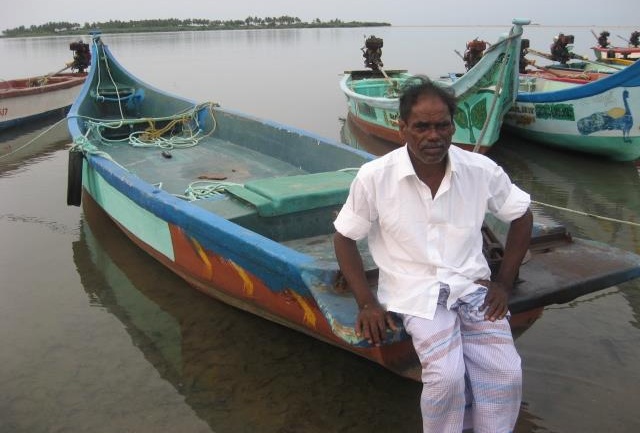One year has passed since a devastating magnitude-7.8 earthquake struck Nepal on 25 April 2015, with the epicenter about 80 kilometers northwest of the capital, Kathmandu.
Only 17 days later a second earthquake of magnitude 7.4 hit near Mount Everest, taking more lives and destroying more homes. According to government estimates, the earthquakes left over 750,000 houses and buildings destroyed or damaged and caused over 8,790 deaths. It is estimated that the earthquakes affected the lives of approximately eight million people, constituting almost one-third of the population of Nepal.
In the months following the earthquake, Nepal faced a number of struggles including civil unrest and blockages which presented obstacles and delays for recovery and rebuilding efforts.
Despite the challenges, with your help we’ve been able to assist people of Nepal. Here’s what we’ve achieved together:
- 5,142 temporary shelter kits distributed
- 650 tonnes of rubble removed
- 20,000 water backpacks distributed
- 16,244 homes assessed for safety
- 22 permanent houses under construction with another 64 to be built
- 2,424 winterisation kits distributed
- 632 attended Participatory Approach for Safe Shelter Awareness(PASSA) training
Looking ahead, Habitat anticipates the completion of construction on 87 houses in Kavre by March 2017, and has finalised the organisation’s new “Build Nepal” strategy which will focus on areas including:
- Social mobilisation: Empowering communities to join and rebuild
- Technical assistance: Training to provide improved construction skills for safer reconstruction
- Tiered assistance: Providing vulnerable households non-financial support for income-generating activities so that they can build their own capacity
- Market Development: Improving housing value through access to better construction materials and labour
These four pillars emphasize on a participatory approach that will put households, such as Samjhana’s and communities in charge of rebuilding their own homes.
Samjhana’s story
On April 25, Samjhana was outside her mother’s house in Sindhupalchwok helping her wash clothes. Samjhana’s 22-month-old son Rojan was sleeping inside the home.
Suddenly, the women felt the ground shake under their feet. “My mother grabbed my arm and pulled me away from the house,” Samjhana said. “I saw the roof falling down.” Then she panicked. “I remembered my son was sleeping inside. I cried for help.”
Neighbours rushed over. They heard Rojan’s cries, and found him lying on the floor, alone and terrified, but alive. Thankfully, it didn’t take long for Rojan to be carried out of the rubble and placed into his mother’s arms.
Rojan was lucky to survive the earthquake, emerging unscathed with only a few scrapes and bruises. For the next three days, Samjhana stayed in a tent with her parents and son, eating only what food emergency aid could provide. When she returned to the home she shared with her in-laws in Kavre district, Samjhana was overcome with sadness. Their home had been severely damaged and her family was now living in a makeshift tent.
Samjhana’s family is just one of thousands who received a temporary shelter kit from Habitat for Humanity Nepal later that June. With her relatives help, Samjhana used the kit to build a temporary shelter, and she immediately moved in with her family.
Since her husband works overseas, Samjhana is solely responsible for caring for their family. “It was never easy to live in a temporary shelter,” she said. “In winter, we were battling the bitter cold. Now that summer is approaching, we fear the snakes.” But working with Habitat Nepal and local masons, Samjhana is now building a two-room brick and cement house.
“Home is a place where family can rest, and children can grow up well,” Samjhana said, smiling. “Now that I see my new house being constructed, I feel like I have found a place to proudly call home.”


